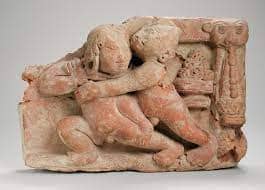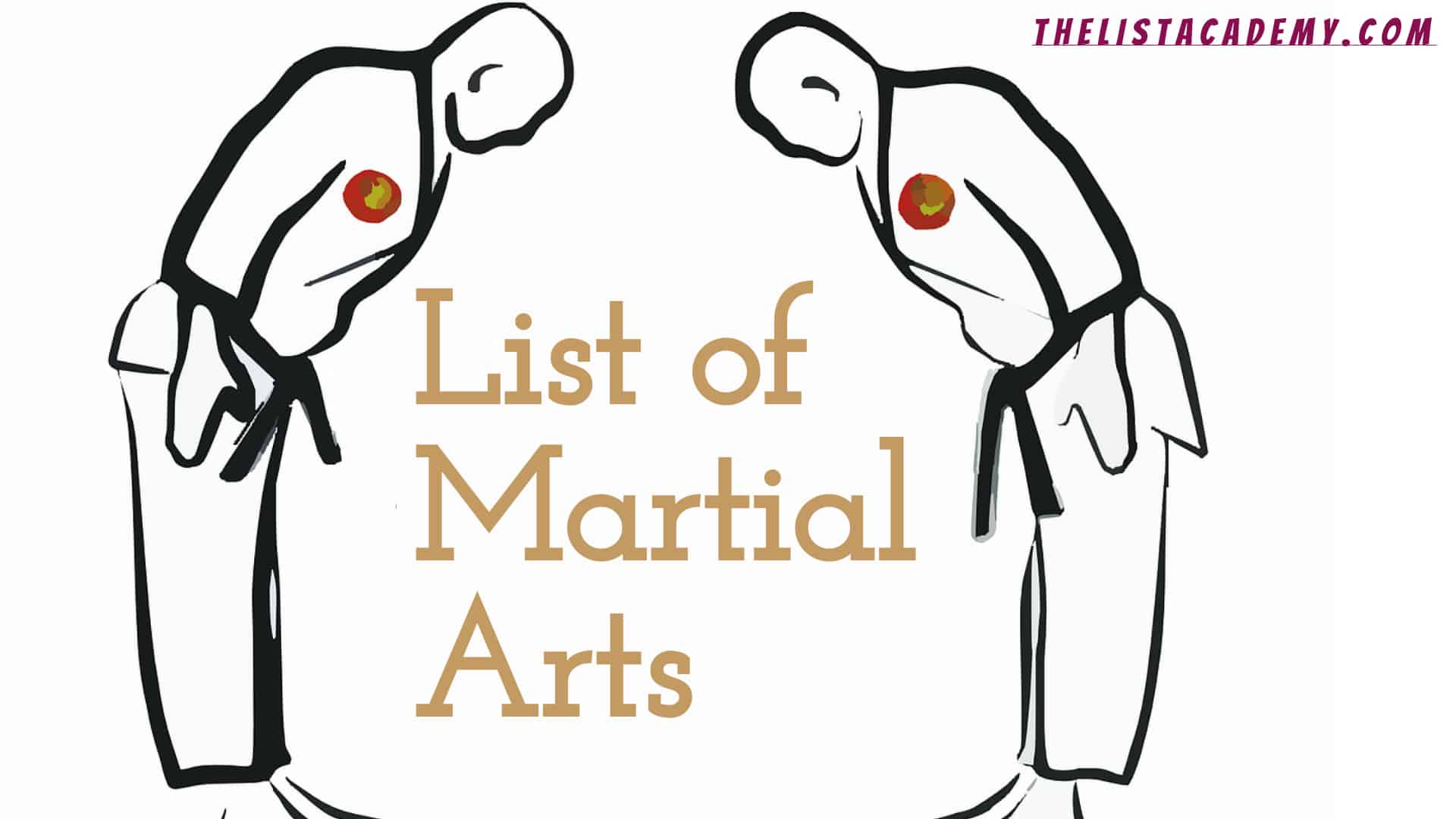
Malla-Yuddha
Malla-yuddha (Sanskrit: मल्लयुद्ध, IAST: mallayuddha) is the traditional form of combat-wrestling originating in India. It is closely related to Southeast Asian wrestling styles such as naban and is one of the two ancestors of kushti. Indian wrestling is described in the 13th century Malla Purana.
Malla-yuddha incorporates wrestling, joint-breaking, punching, biting, choking and pressure point striking. Matches were traditionally codified into four types which progressed from purely sportive contests of strength to actual full-contact fights known as yuddha. Due to the extreme violence, this final form is generally no longer practised. The second form, wherein the wrestlers attempt to lift each other off the ground for three seconds, still exists in south India. Additionally, malla-yuddha is divided into four categories (see below). Each yuddhan is named after Hindu gods and legendary fighters:
Hanumanti – concentrates on technical superiority.
Jambuvanti – uses locks and holds to force the opponent into submission.
Jarasandhi – concentrates on breaking the limbs and joints while fighting.
Bhimaseni – focuses on sheer strength.

